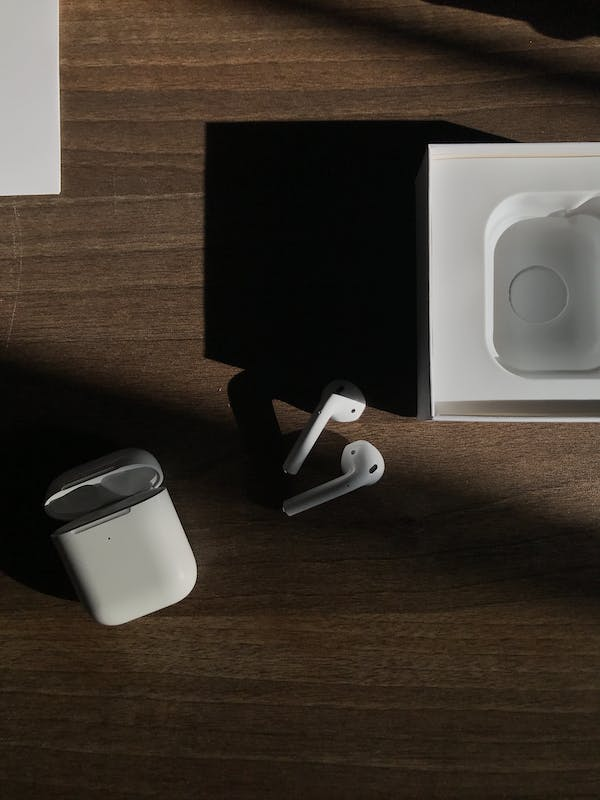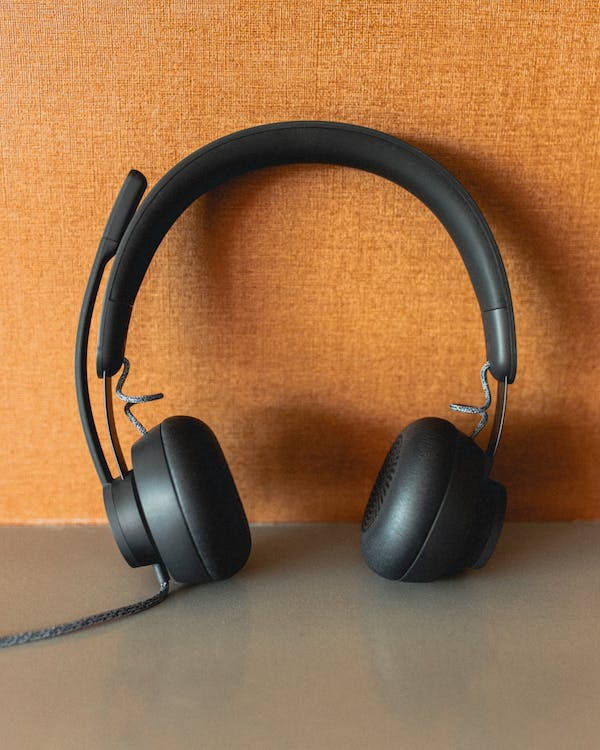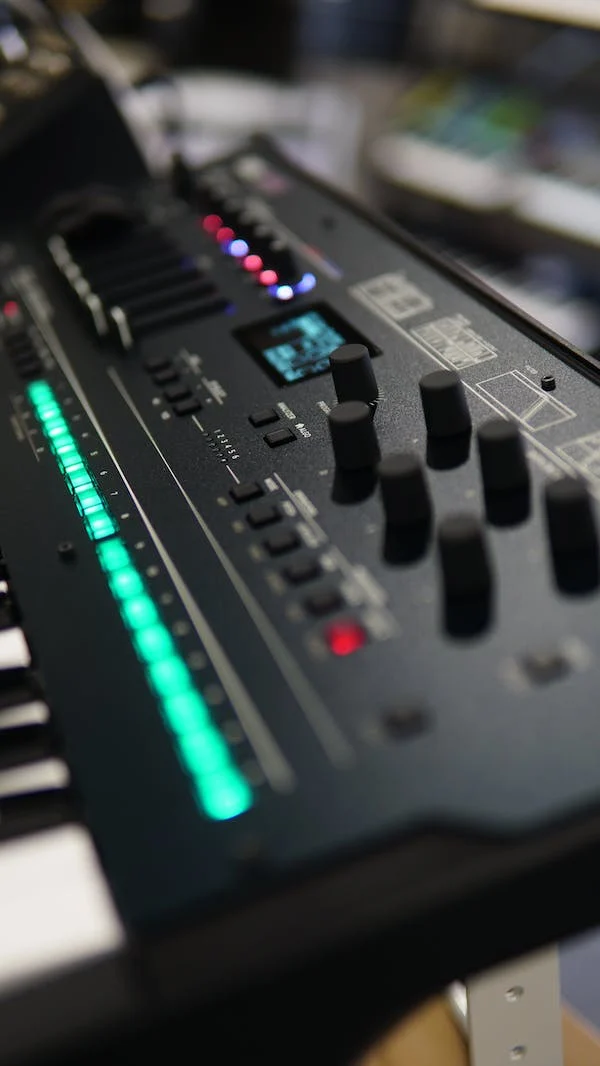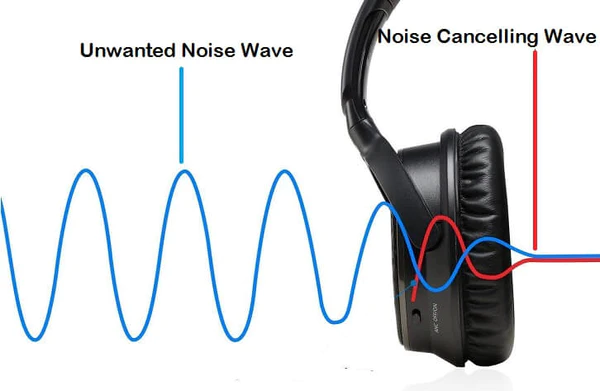Top Guitar Headphones for Guitar Amps – A Guide By Zager Guitar
Are you a guitar enthusiast who is always looking for ways to rock out without disturbing your neighbors or family members? Look no further than the best headphones for guitar amps! Sure, there’s nothing quite like plugging into a cranked amp, but with the right pair of cans, you can enjoy great tone at a low volume whenever you want. And let’s not forget about the production benefits, too – headphones provide unparalleled clarity, allowing you to hear every nuance of your effects and background noises without interference from room acoustics or speaker coloration.
So whether you’re looking to jam silently or perfect your sound, investing in a good pair of headphones is a no-brainer for any guitarist. Get ready to shred like never before!
How Do I Choose the Best Headphones?
Before choosing a pair of headphones, it’s essential to consider your specific needs. Are you someone who values simplicity and doesn’t mind being tethered to your amp with a cable? Or are you planning on recording at home or in a studio and need a pair of headphones that can deliver high-quality sound for your recordings? You may be looking for options to move around freely and pretend you’re playing on a massive stage in front of thousands of fans (we won’t judge!).
If you’re an old-school guitarist who prioritizes tone above all else, you might prefer a pair of headphones with a shorter cable that won’t interfere with the pure sound of your favorite headphone amp. Whatever your preferences, a perfect pair of headphones is out there waiting for you.
Essential Factors To Look Out For
Some essential factors must be considered when picking the ideal headphones for your practice sessions. First, remember about earbuds – they may be great for working out, but they’re not the best for playing guitar.

Instead, opt for comfortable and secure on-ear headphones that won’t slip or slide when you’re in the groove. Not only will they offer superior sound quality, but they’re also better suited to the needs of musicians, whether you’re fiddling with your pedalboard or focused on your fretboard. Just be aware that not all on-ear headphones are created equal, so it’s worth investing in a higher-end model that won’t allow sound to escape during recording.

Bluetooth headphones might look flashy, but they can introduce a delay between your guitar and headphones. So, if you want to take your playing to the next level, stick with high-quality wired headphones and prepare to rock out like never before!

Technical Terminologies You Need To Know
It’s time to crack the code of headphone jargon! Keep those technical terms from you scratching your head when trying to find the perfect headphones for your guitar practice. You can cut through the confusion and make a confident purchase by getting educated on the terminology.
Let’s face it, we all want to feel like rock stars when we’re shredding away, and that starts with having the right gear. So, let’s get schooled on the ins and outs of headphone terminology and take the first step toward mastering our sound.
Frequency Response

When it comes to headphones, the frequency range typically falls between 20Hz to 20,000Hz – which also happens to be the maximum range for the human ear. While our ears are most sensitive to the 2000-5000 Hz frequency range, some headphones boast bass below 20 Hz, which is more “felt” than “heard.”
On the other end of the spectrum, frequencies above 20,000Hz may only be audible to some and can depend on your age. Manufacturers often list the “Frequency Response” specifications, with a higher number indicating a more precise top-end sound. So, watch for these specs to ensure you get the best sound quality from your headphones.
Noise Isolation vs. Active Noise Cancellation
If you’re in the market for headphones, you may have come across the terms “Noise Isolation” and “Active Noise Cancelling.” While both aim to reduce unwanted outside noise, there’s a difference between the two. Noise Isolation is a passive design that physically blocks out external sounds, commonly found in cheaper headphones.

cc costar
Active Noise Cancelling takes things up by creating an opposing sound wave to cancel out external noise, allowing you to immerse yourself in your music fully. This dynamic electronic process requires power and is more advanced than Noise Isolation. So, depending on your needs and budget, consider which option works best for you when purchasing.


Comments
Post a Comment